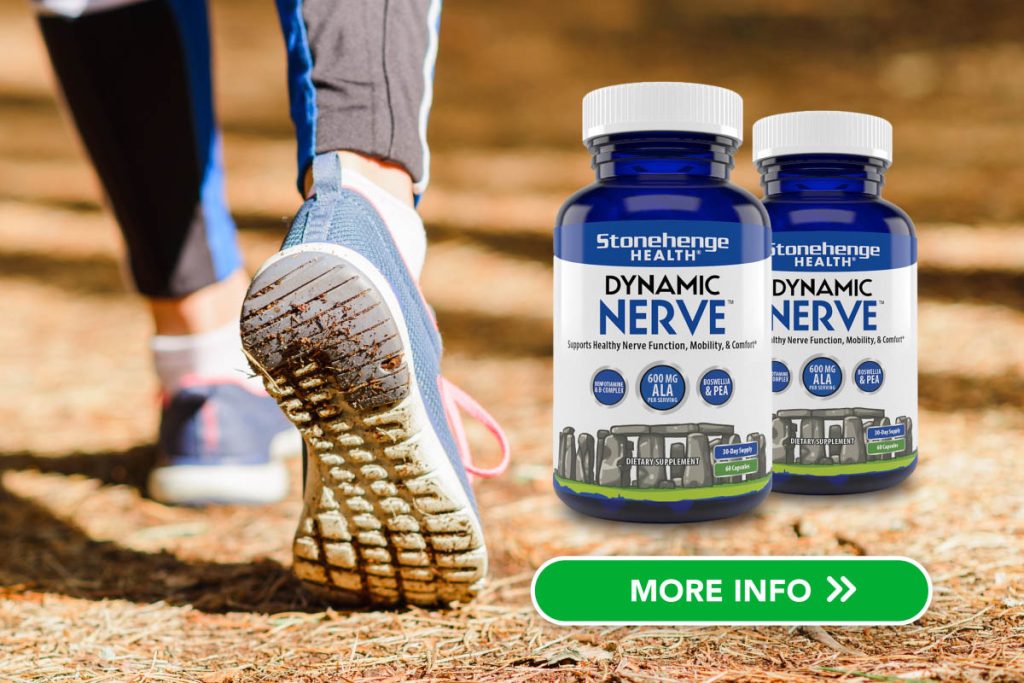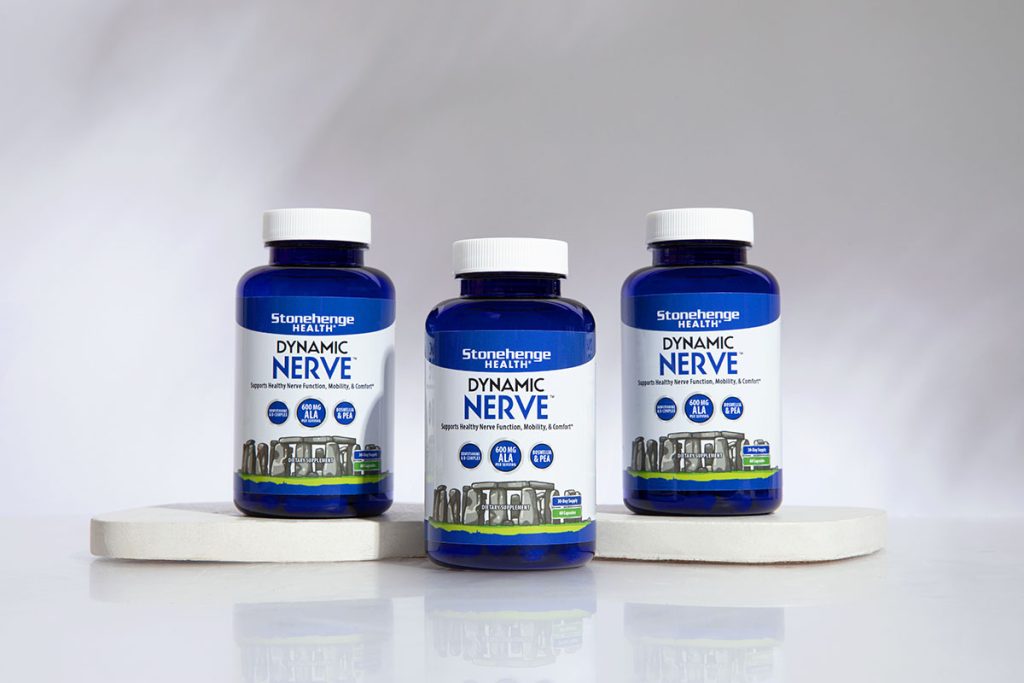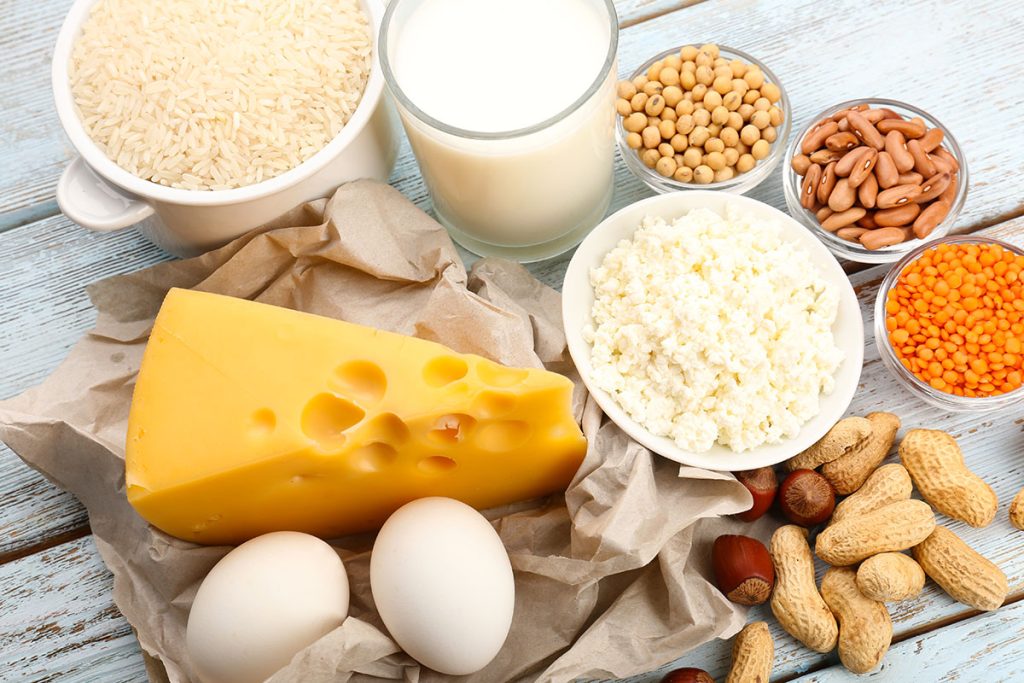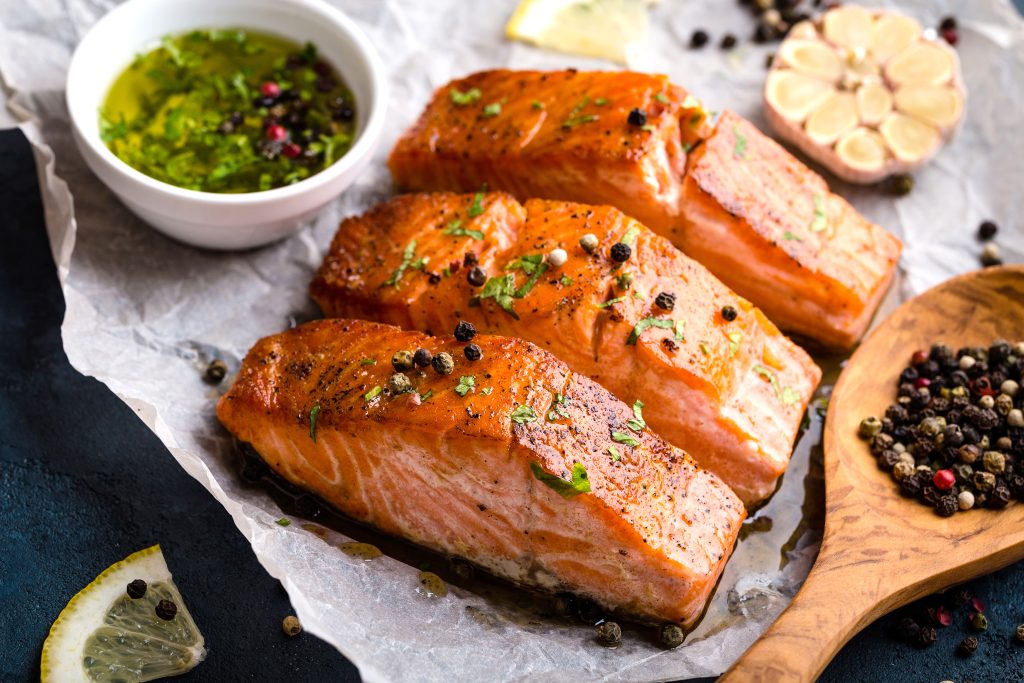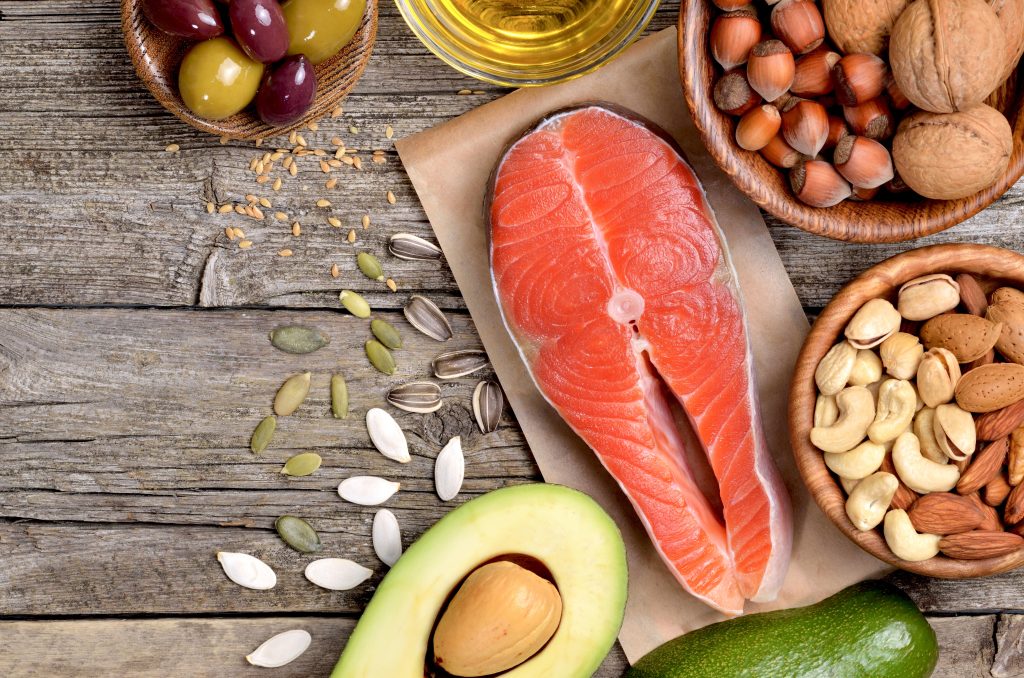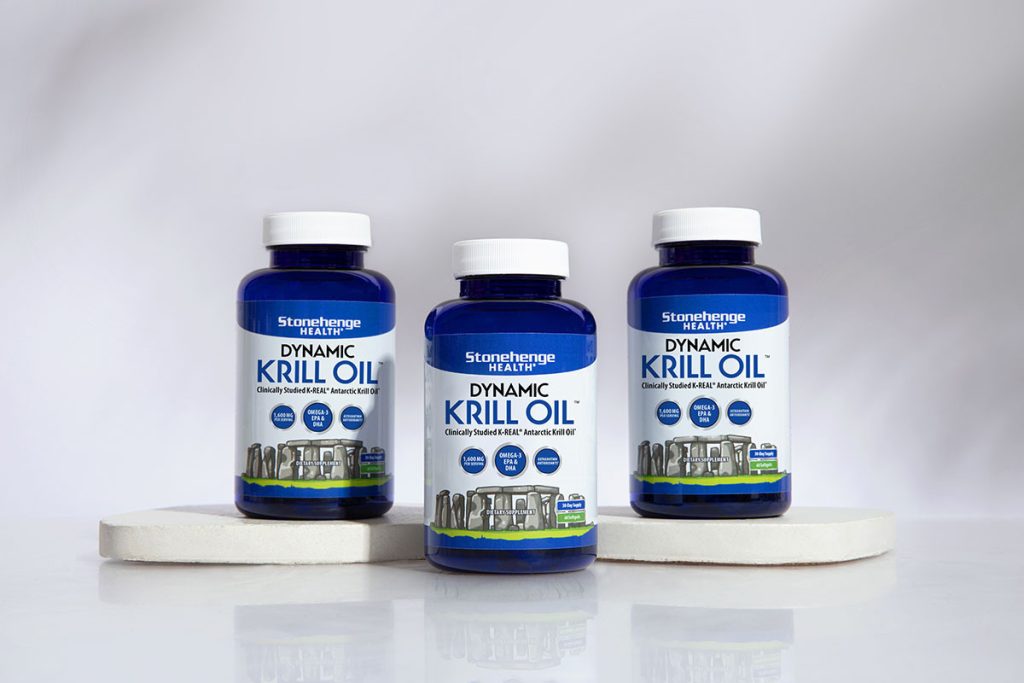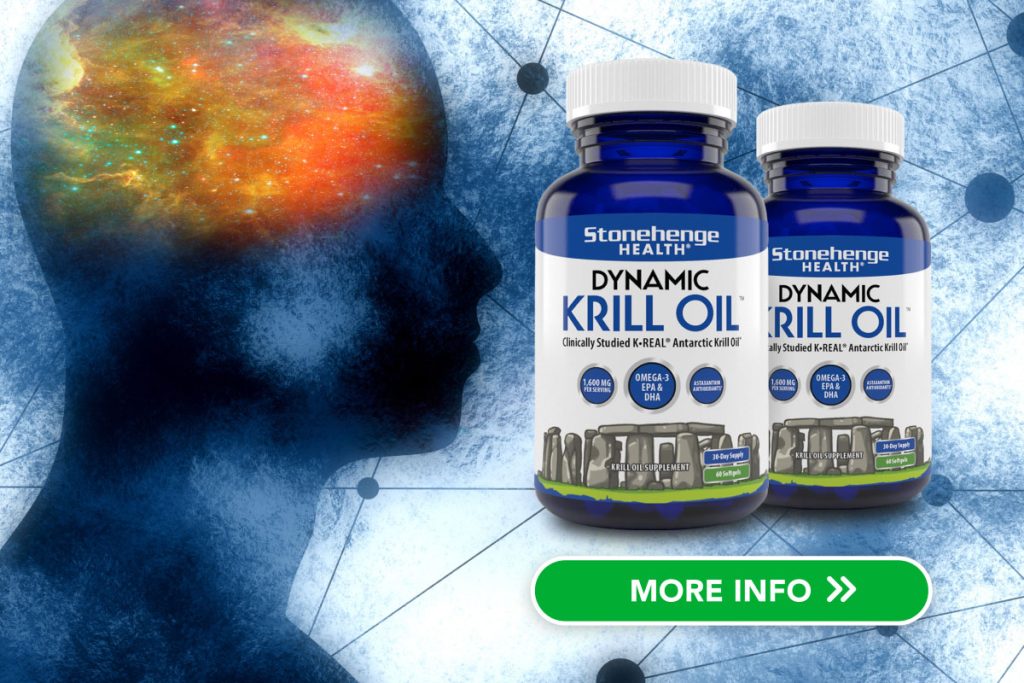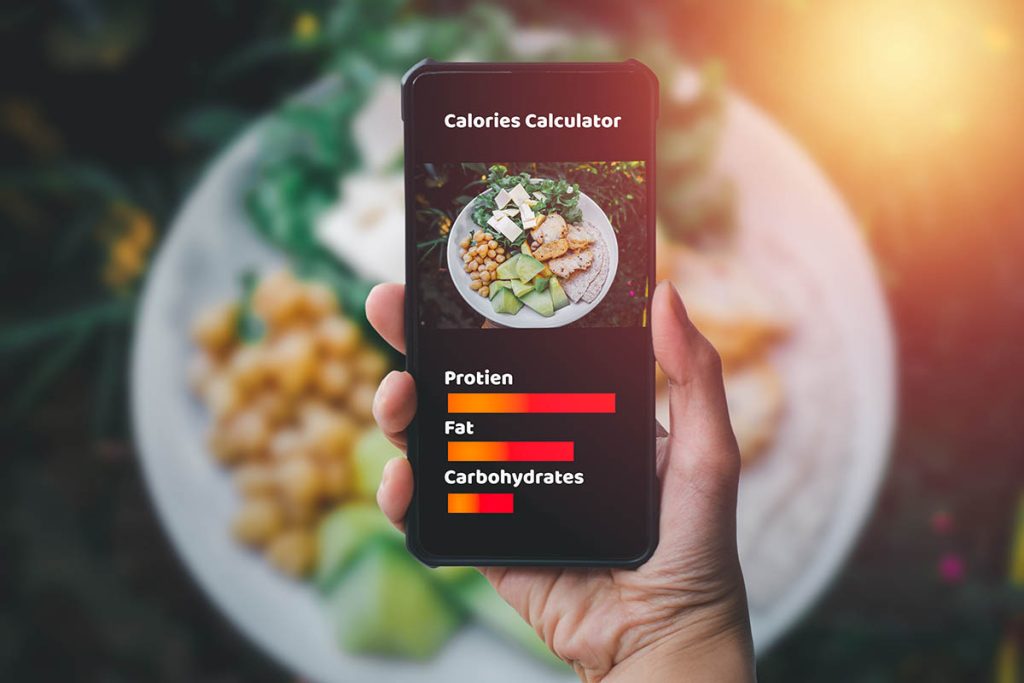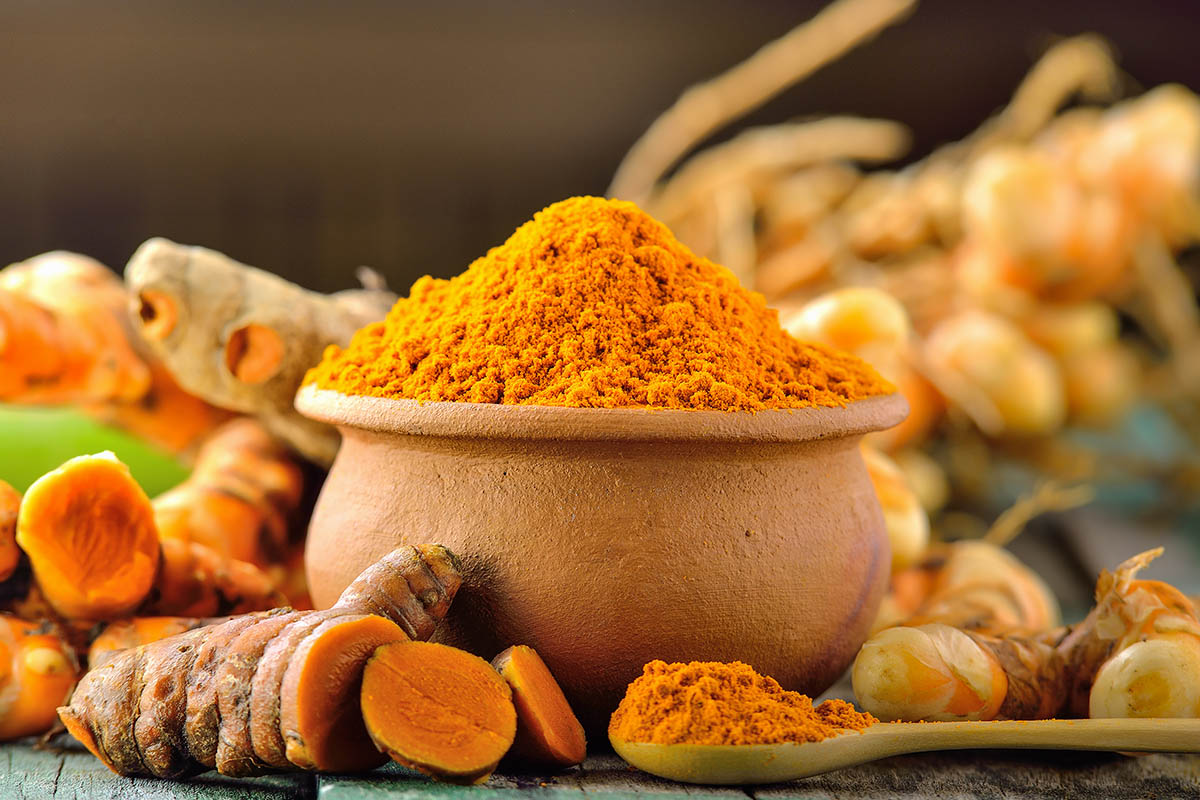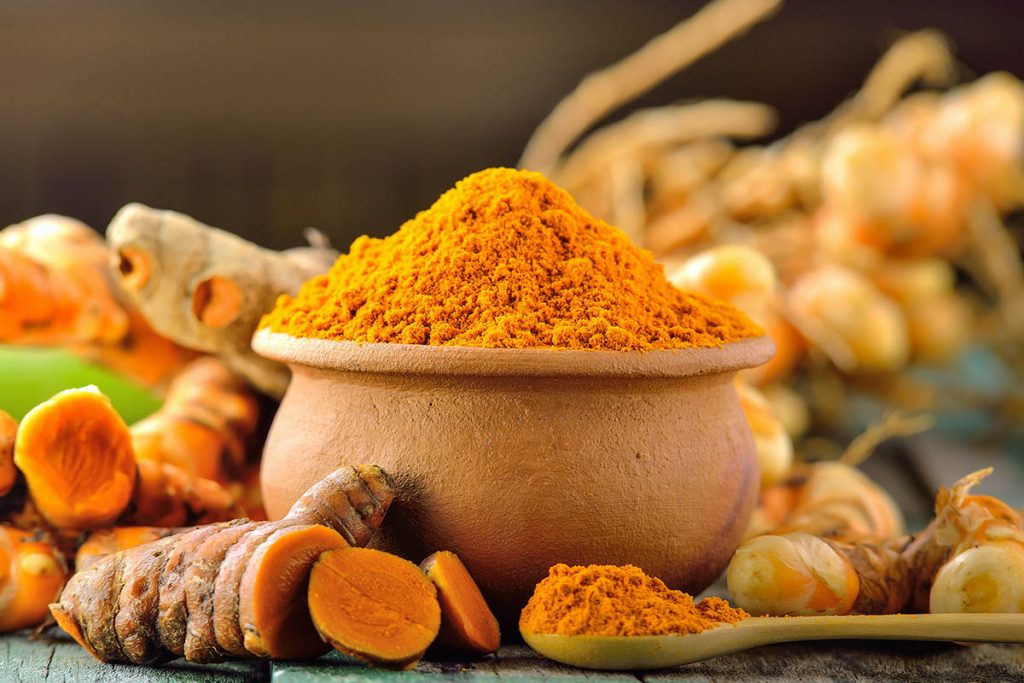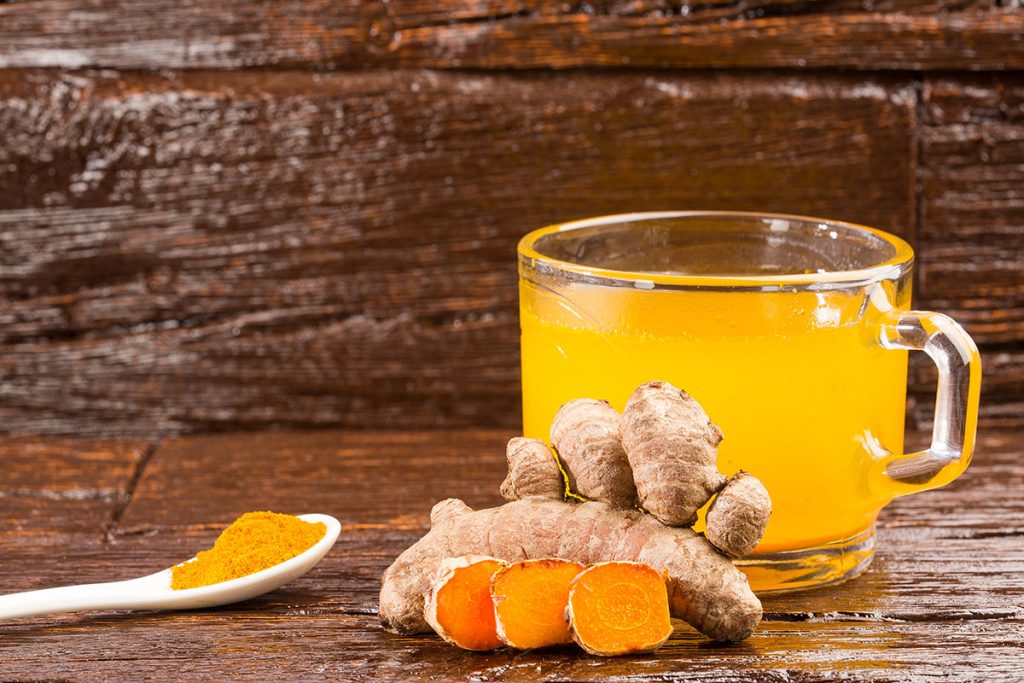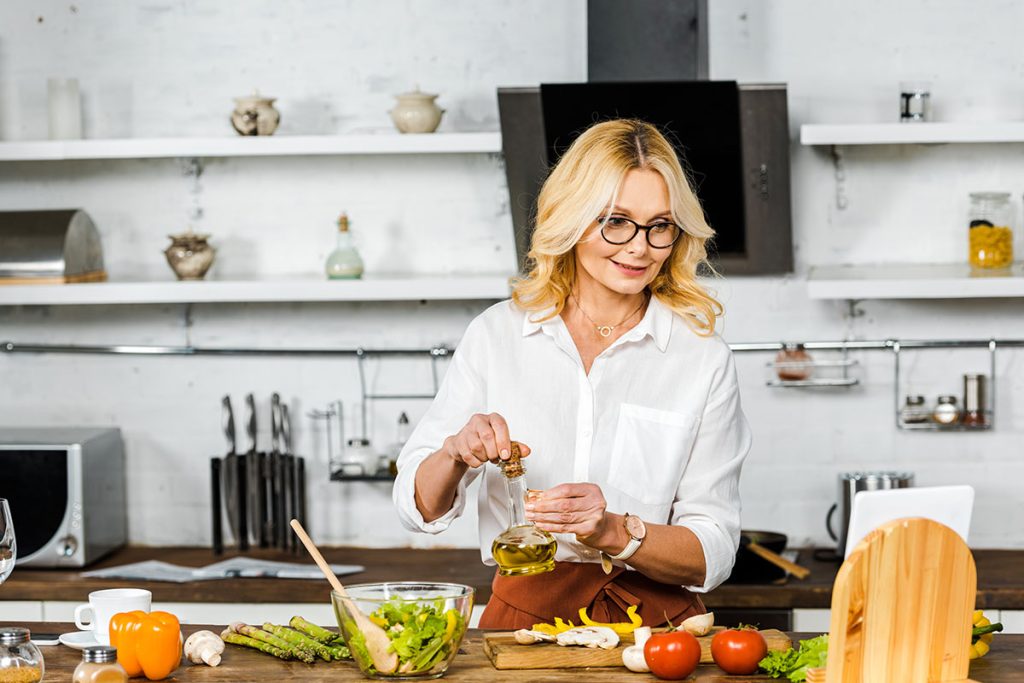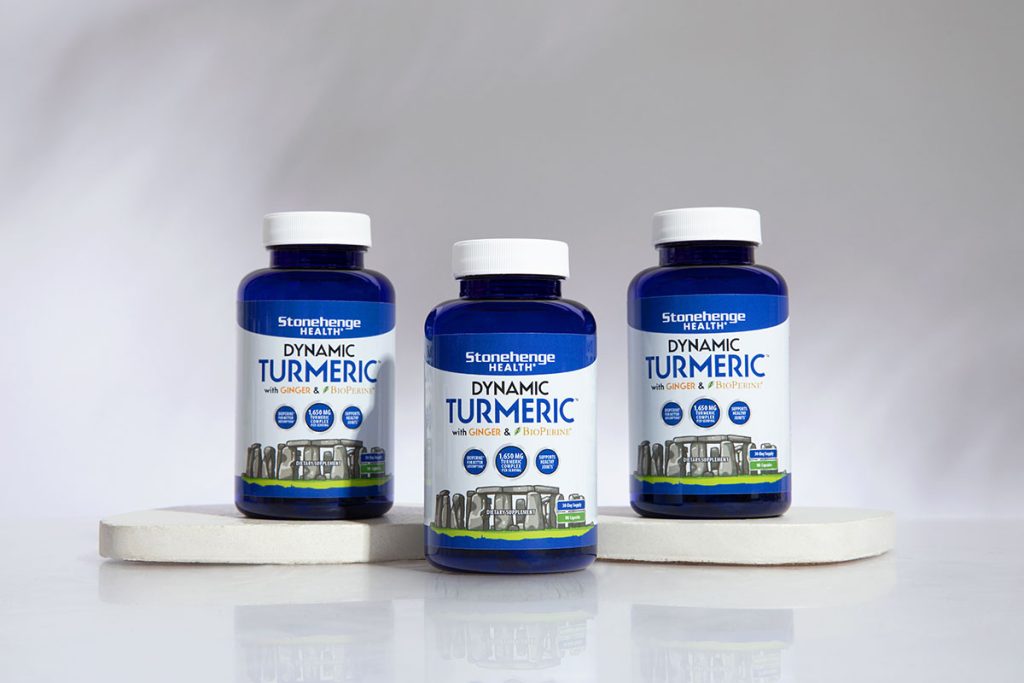
Exploring an unknown space, eating a different style of food, and hearing unfamiliar stories…
Time spent with grandparents is an entirely different experience than with your parents.
Did you ever have the opportunity to spend time with your grandparents?
Or maybe you’ve experienced the opposite—time with your grandchildren.
Either way, the interaction between you and your grandparents (or grandkids) is a unique opportunity to share intergenerational perspectives.
Sure, while a 9-year-old might be able to show her grandmother how to use an iPad, the lessons that a (patient) grandparent can offer add unlimited value to a young mind…
Let’s look at some lessons you can learn from our grandparents.
Grandparents’ experience and wisdom can be a treasure trove gleaned from a lifetime of unique experiences.
Here are 11 lessons you can learn from them:
1. Resilience in Adversity

Grandparents often faced wars, recessions, and personal trials, demonstrating a remarkable ability to persevere. Their resilience teaches us the importance of enduring and overcoming hardships, showcasing that strength is not just physical but also emotional and mental.
2. The Value of Family

No technology can replace the warmth of family gatherings or the support of loved ones. Grandparents show how deep roots and strong bonds are crucial for thriving, emphasizing that the family can be a constant source of love and support in a world full of fleeting connections.
3. Financial Prudence

In an era of instant gratification, grandparents’ thrifty ways and wisdom on financial stewardship remind us of the importance of saving for the future. Their frugal habits and stories of economic resilience can inspire a more mindful approach to spending and investing.
4. Patience Is a Virtue

In today’s fast-paced world, grandparents exemplify patience, reminding everyone of the value of taking time to make decisions and appreciate the moment. This patience, honed over lifetimes, teaches us that some of the best things in life come to those who wait.
5. Simplicity Brings Joy

Grandparents find happiness in life’s simple pleasures, teaching that contentment doesn’t require complexity or extravagance. Their joy in the mundane—like a shared meal or a story told under the stars—reminds us that happiness often lies in simplicity.
6. Mastering Practical Skills

From gardening to knitting, grandparents’ hobbies and skills are lessons in self-reliance and creativity. These activities not only provide personal satisfaction but also equip us with the tools to contribute uniquely to our communities.
7. Understanding Our Roots

Grandparents connect people to their history and heritage through stories and traditions, offering a sense of identity and belonging. This connection enriches our understanding of ourselves and our place in the world, grounding us as we navigate the future.
8. Wisdom Over Knowledge

Beyond book learning, grandparents impart life lessons on love, loss, and life’s mysteries, guiding personal journeys. Their wisdom, distilled from years of experience, offers a compass in times of moral and emotional turmoil.
9. Never Stop Learning

Their curiosity and adaptability show that it’s never too late to learn something new or adapt to changes. This lifelong commitment to growth encourages us to remain open-minded and agile, regardless of our age.
10. Leave a Legacy

Grandparents inspire consideration of the mark one wants to leave on the world and how to contribute to a lasting legacy. Their lives and stories encourage us to think beyond our lifespan, pondering how our actions and choices impact future generations.
11. Health is Wealth

The longevity and vitality of many grandparents underscore the adage that health is indeed wealth. Their routines and attitudes towards health—encompassing physical, mental, and emotional well-being—teach us to cherish and prioritize our health as the foundation for a fulfilling life.
Speaking of health, taking care of one’s body is vital to embrace these lessons and enjoy life fully.
“I had relief within a couple of days.*” – Julie
“Goes down easily, and have quickly noticed a difference in my nerve discomfort.*” – Tamara
Dynamic Nerve is one of our newest products, but the response has been incredible. We’ve sold out on multiple occasions and even doubled our efforts to keep it in stock.
No need to worry… Check our online store now to see if we have stock available.
Embodying our ancestors’ wisdom, who relied on natural remedies and valued well-being, this supplement supports nerve health…
Dynamic Nerve features a potent antioxidant blend with 600 mg of Alpha Lipoic Acid and Acetyl l-Carnitine to enhance cellular energy and alleviate discomfort. Additionally, its high-dose Vitamin B complex, including Benfentomine and Methylcobalamin, supports the maintenance of healthy nerve cells and myelin sheath, promoting optimal nerve functionality.*
Living with nerve discomfort doesn’t have to mean giving up on the things you love. With the right strategies, support, and solutions like Dynamic Nerve, you can navigate the challenges of nerve discomfort and embrace life’s opportunities with open arms.*
As grandparents guide you toward health and happiness, Dynamic Nerve aims to support your journey toward a vibrant, active life.* In honoring the wisdom passed down through generations, it is key to ensure steps are taken to protect and nourish the body.
